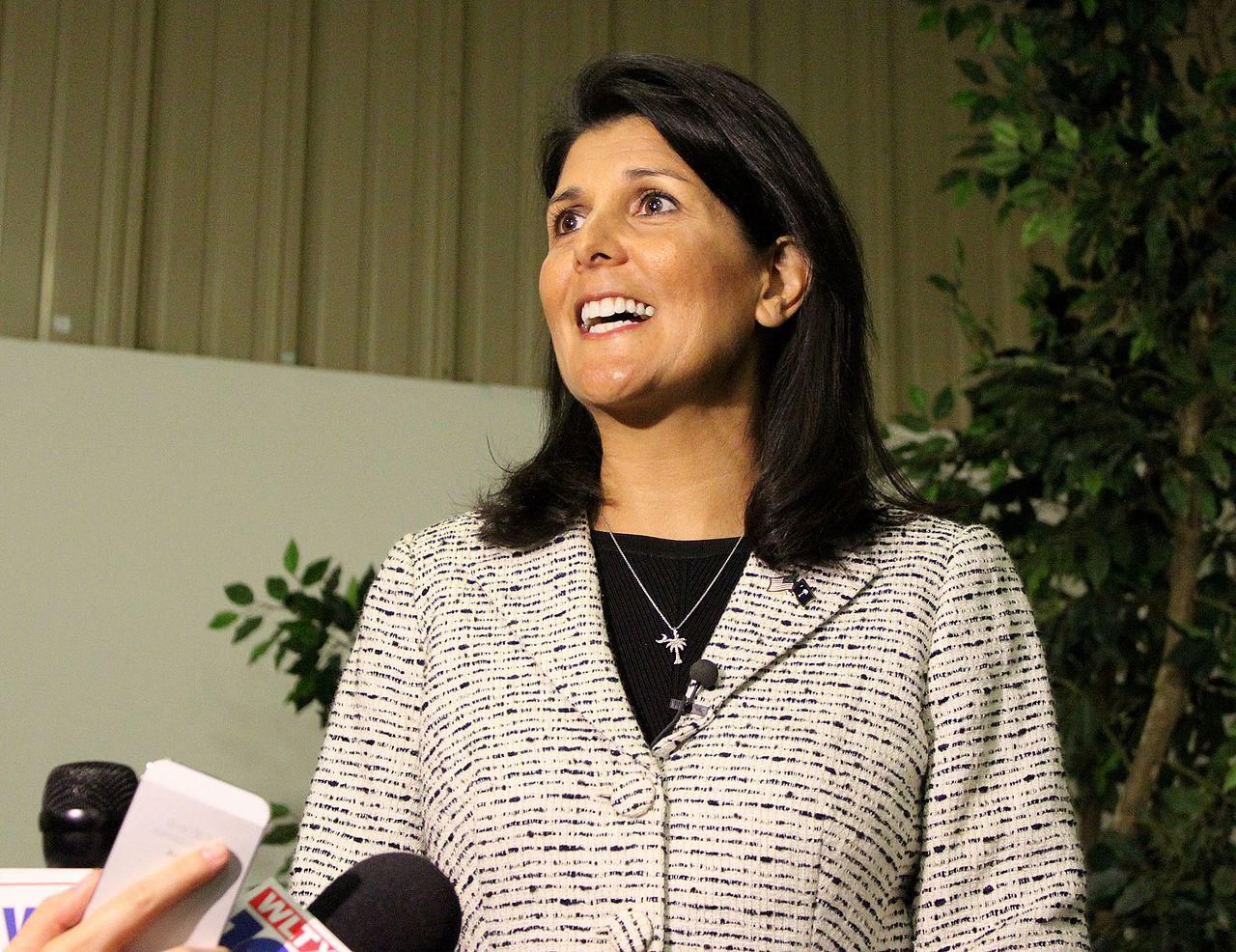Nikki Haley dropped out of the race for the Republican presidential nomination Wednesday. On the same day, regulators from the Federal Election Commission sent the former South Carolina governor’s campaign a 69-page letter.
Its message: You have more work to do.
The letter to Haley’s campaign flagged what a Raw Story analysis showed was contributions from 188 individuals that the FEC says exceeded federal limits. Together, those people contributed almost $1 million to Haley’s now-defunct campaign.
Individuals are allowed to give a maximum of $3,300 per election to a federal-level candidate. This limit also applies to people who make multiple small donations to a candidate instead of a single large one.
“If any apparently excessive contribution in question was incompletely or incorrectly disclosed, you must amend your original report with clarifying Information,” the FEC wrote to Haley, who only defeated presumptive GOP presidential nominee Donald Trump in two nominating contests — Vermont and the District of Columbia.
Haley’s campaign did not immediately respond to a request for comment from Raw Story.
ALSO READ: A criminologist explains why so many American don't care about Trump's crimes
Accepting some level of excessive contributions — and having the FEC call them into question — isn’t unusual for a big-dollar presidential campaign, be it Republican or Democrat.
But the campaigns do have to correct the problems, often by issuing refunds or by the donor redesignating excess donations for a later campaign — for example, the general election instead of the primary, which doesn’t apply to Haley.
A person identified in the FEC document as Mrs. Rhoda R. Barnhart of West Branch, Iowa, made 91 contributions to Haley’s campaign in less than a year.
Her first listed donation? Thirty-five cents. But added up, the dozens of donations exceeded federal limits, the FEC contends.
Charles Fisher of Cardiff, Calif., made 201 donations to Haley in less than a year, ranging from $2 to $633 — and also exceeded federal limits, according to the FEC.
Even though Haley has suspended her presidential campaign, her presidential campaign committee will technically live on until she settles her outstanding financial issues and obligations.
This process can take months, years and, in rare cases, decades.
Just ask Democrat Hillary Clinton, who spent five years attempting to settle debts from her 2008 presidential run and finally closed down her presidential campaign committee in 2013 — just in time to launch another campaign for the Democratic presidential nomination in 2016.
Or ask Republican Newt Gingrich, whose 2012 presidential campaign committee still exists a dozen years hence.
Why? Because the Newt 2012 presidential committee remains more than $4.63 million in debt, owing money to dozens of creditors. Until those debts are settled, federal regulators won’t let the committee shut down and finally go away.
From Your Site Articles
- Campaign finance expert explains why 2024 could be simpler than it seems ›
- New 'chaos' surrounding Trump raising concerns among big money donors: report ›
- Haley proves 'revenge is a dish best served on a bed of campaign cash': GOP strategist ›
- Trump wants 'control of the RNC' to make it his own personal 'piggy bank': Nikki Haley ›
- How Nikki Haley made big money from special-interest speaking engagements ›
Related Articles Around the Web
- Nikki Haley draws growing interest from deep-pocketed donors as ... ›
- Big-money donors couldn't save Nikki Haley's presidential campaign ... ›
- Nikki Haley is testing the limits of big money in GOP presidential ... ›
- Haley campaign announces $24 million haul in 4th quarter | CNN ... ›
- Koch network stops spending on Nikki Haley's presidential campaign ›
